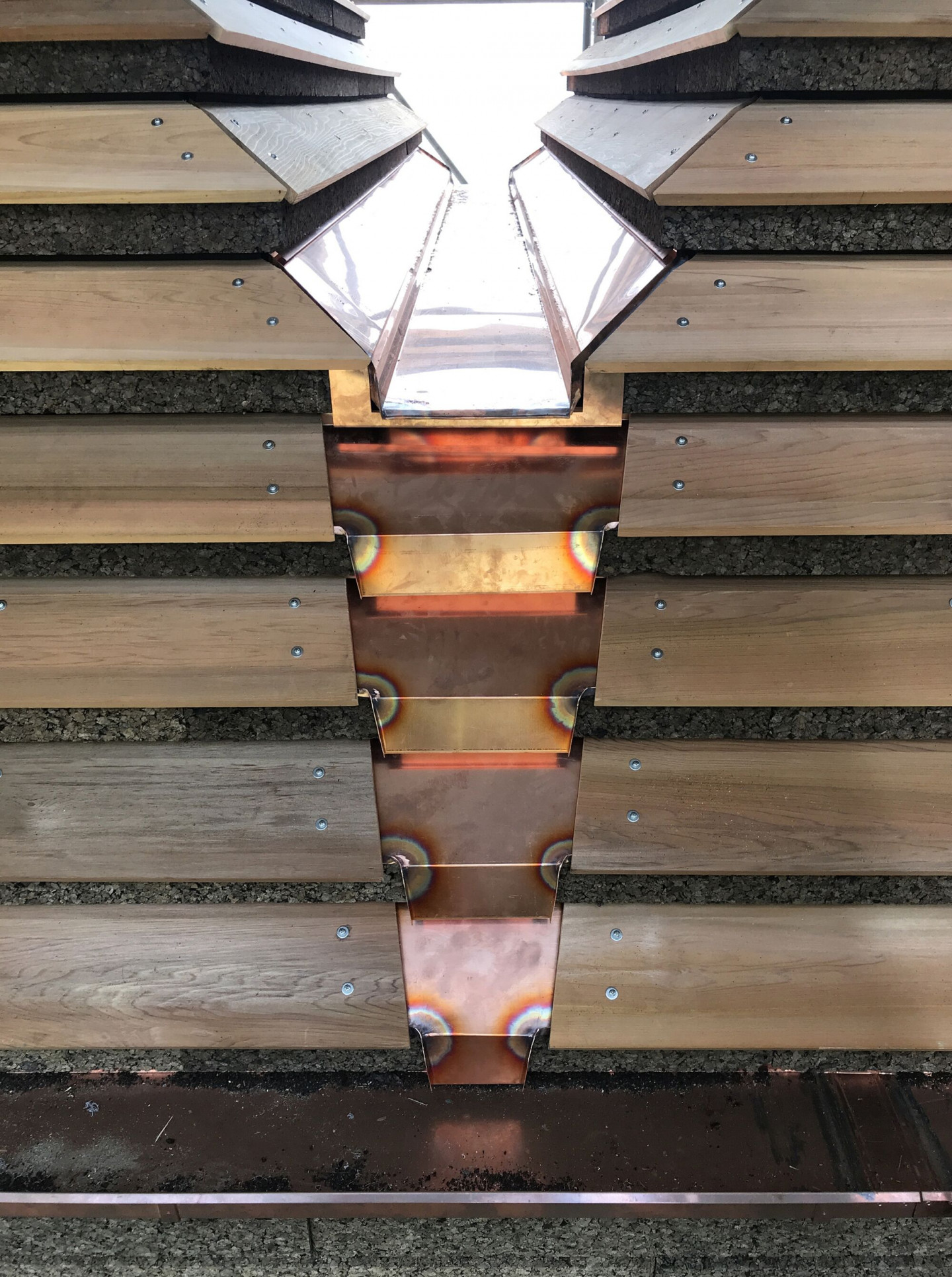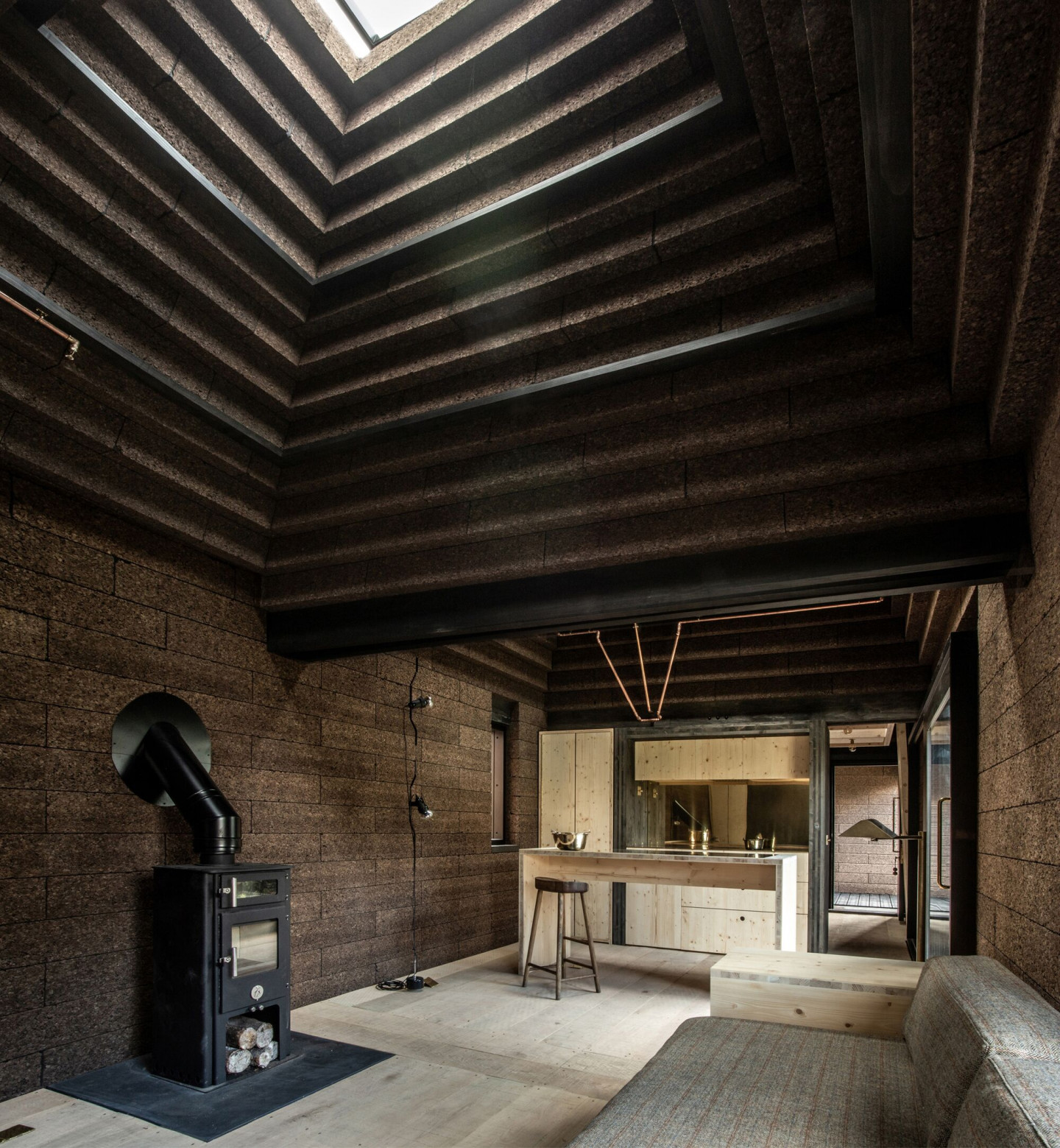Cork has many material benefits: it is strong, durable, resilient to water and rot, and provides acoustic and thermal insulation.
As the responsible use of materials is becoming an increasingly important force in the construction industry, architects and scientists are developing environmentally friendly systems and building materials that integrate human activity with nature.
In the 20th century, materials such as concrete, cement and steel have replaced traditional building materials across the world such as timber, masonry and earth, and although buildings constructed with these materials continue to provide resilient infrastructure and housing, their use undoubtedly contributes to climate change, noise pollution, and the loss of natural habitats.
In light of this, the concrete industry is developing ways to make concrete increasingly sustainable; for example by developing new materials such as corcrete — which combines concrete with discarded cork — less concrete is used.
Buildings that are constructed with bio-based materials such as timber and cork can store carbon and can be recycled, providing large quantities of material for future use.
Cork has many material benefits: it is strong, durable, resilient to water and rot, and provides acoustic and thermal insulation. A cork wine stopper contains approximately 80 million cells within it; the plant cell configuration, low density of membranes and the material’s high gaseous content makes it flexible and it can be compressed to half of its size.
Situated next to the Grade II Listed Mill House in Berkshire, Cork House has been designed by MPH Architects in partnership with UCL’s Bartlett School of Architecture, Amorim UK, The University of Bath, Ty-Mawr, and BRE. Constructed entirely out of cork — from its walls to its rooftop — the building is the first of its kind and is a response to the construction industry’s involvement in the climate crisis. The use of the material on the building's inside and outside creates a tranquil experience and emanates a sense of warmth and protection.
The future of sustainable architectural practice is not only in using sustainable materials but also developing structures that can be disassembled and reused or recycled.
The inventiveness of Cork House also lies within the ease of assembly; the walls and roof were prefabricated in a studio before being fashioned into the architectural design (supported by timber components). This methodology of fabrication means that it can easily be dismantled and constructed in a different location. The blocks are fabricated with interlocking joints which are modularly constructed and self-supporting.
As part of the ongoing research, MPH Architects intend to work on standardisation and move towards a marketable cork construction kit.
The Building Centre will shortly announce a new major project in collaboration with Amorim UK.
Cork House has been shortlisted for the Stirling Prize 2019 earlier this year. To view more about it, click here.


